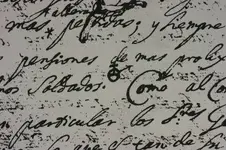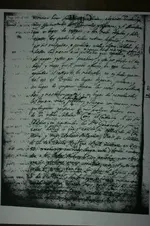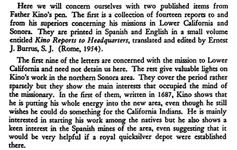PotBelly Jim
Hero Member
- Dec 8, 2017
- 900
- 2,990
- Primary Interest:
- Other
Hi Jim,
Trying to figure out the whole Sierra Azul thing is going down a rabbit hole- it was first mentioned by Diego de Penalosa, governor general of New Mexico from 1661 to 1664. He was a known and notorious liar, who started the speculation about Sierra Azul and it took off from there. It was often used as a cheap ploy to convince kings, particularly the king of Spain, to grant expeditions. Amongst the fervent believers of Sierra Azul was Capt. Juan Mateo Mange, Kino's companion, who thought it was somewhere up the Verde, then the very heart of Apacheria.
D-r, thanks...Can't say I disagree with anything there except I believe the references to a "Blue Mtn" were started by the Moqui's when they were trying to explain to the Spanish where they got their pigments from...I believe they took Espejo and later Farar there, which as you know was much earlier than Penalosa's attempt to save his skin with the story…
1) I am keenly interested in the actual history of what happened in the Superstitions and in relation to the Superstitions, and by that I mean the actual history, not the whitewashed history interpreted by Polzer, Bancroft, et al. or any other scholars, and neither am I overtly reliant on the printed word as the final authority of history.
I think any attempt to glean history of Spanish exploration, using official records, testimony, letters, etc. is not going to lead to the truth(EDIT: At least not in a direct line...it will lead one to figure out where someone is lying)...While I appreciate the efforts by Polzer, Bancroft, Bolton, etc....they are just repeating the deceptions everyone perpetrated on the Spanish crown, church officials, and people's attempts to mislead their enemies...the maps are the same way...reminds me of that show my wife used to watch "game of Thrones", everyone was always lying and screwing each other over...
Also, I agree Fr. Kino was a Company Man, but what I've found is that he railed against some aspects of that, especially slavery, and we can't have mining without that...That being said, I look forward to seeing what you've discovered along those lines...
Last edited:



 .
.



